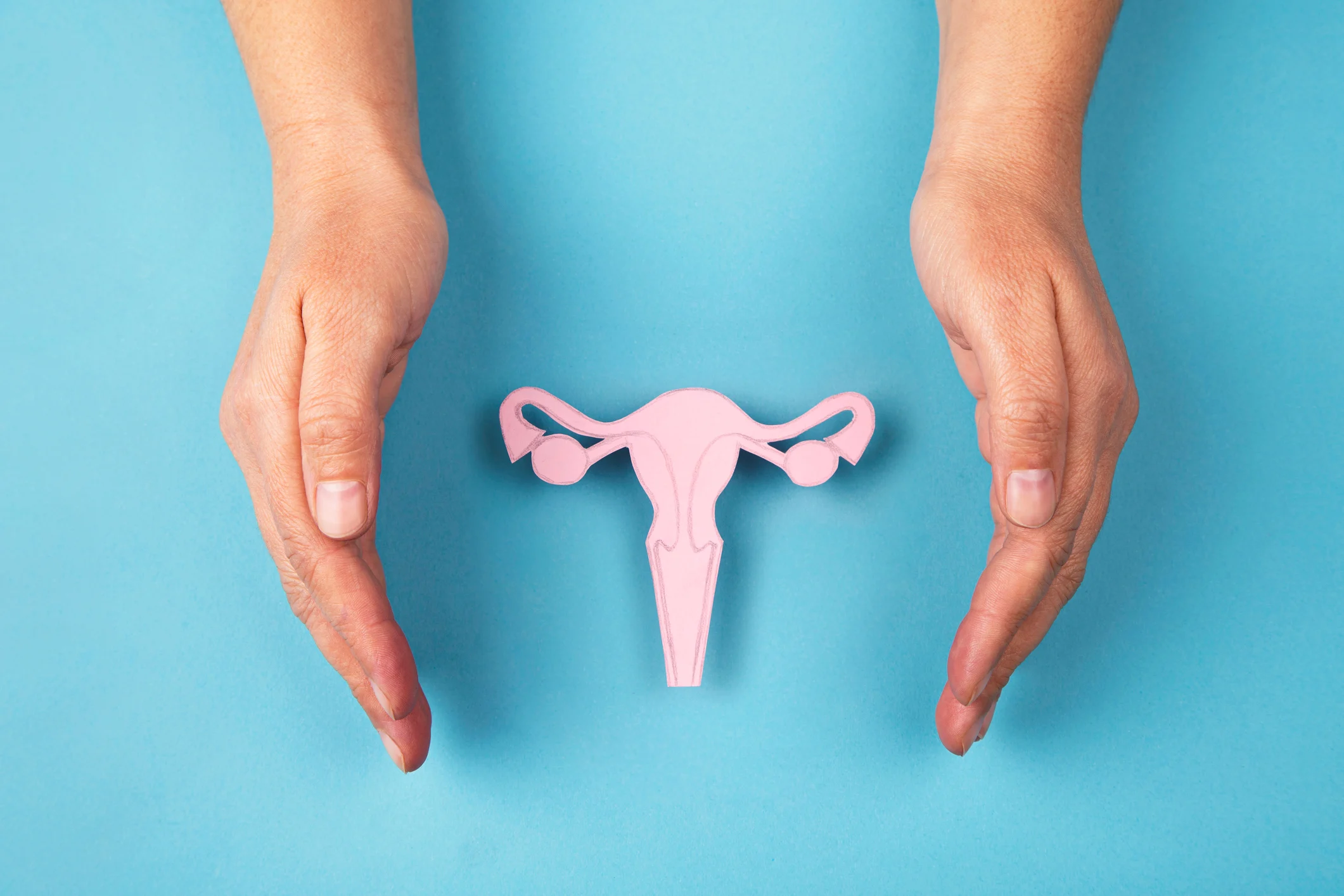Each month during menstruation, the endometrial lining found inside the uterus sheds from the body. When the endometrial tissue normally found inside the uterus grows outside the uterus, in other parts of the body, it is known as endometriosis. When endometrial tissue outside the uterus breaks down and sheds as it would during a normal menstrual cycle, it is unable to drain from the body, causing inflammation and pain. Endometrial growths have been found on the ovaries, fallopian tubes, bladder, on the outside of the uterus, lining the pelvic cavity and between the vagina and rectum. While rare, growths have also been found in the arm, thigh and lung.
According to the Endometriosis Foundation of America, endometriosis affects an estimated 1 in 10 women during their reproductive years or 200 million women worldwide. In terms of U.S. estimates, there is quite a variation in the estimated prevalence of endometriosis in the general and infertile populations. One study showed that 1-7% of fertile individuals undergoing tubal ligation had endometriosis, but among infertile individuals it might be as high as 10-50%.
8 conditions that endometriosis is commonly mistaken for when evaluating a patient
1. Urinary Tract Infection (UTI)
Because endometriosis and urinary tract infection symptoms can be similar, such as painful urination and pain during sex, medical professionals may mistake one for the other. A simple test for infection will show whether a UTI is present and antibiotics are necessary. If symptoms persist but an infection is not present, further testing and analysis should be done by a medical professional.
2. Pelvic Inflammatory Disease (PID)
PID is a serious diagnosis involving an infection of the reproductive organs that can cause severe pelvic pain similar to endometriosis. Scarring in the pelvis as a result of endometriosis can also cause pain at any time, not just during the menstrual cycle. PID is confirmed based on a review of symptoms, physical exam and testing suggesting an infection.
3. Irritable Bowel Syndrome (IBS)
Similar to endometriosis, IBS causes pelvic pain, bloating, and changes in bowel function leading to constipation and/or diarrhea. IBS and endometriosis, may both be impacted by the menstrual cycle, but can occur anytime of the month, making a diagnosis more difficult to pinpoint. A colonoscopy can evaluate the health of the bowels and may assist in the diagnosis of IBS. Patients can also try medication and make dietary changes to see if symptoms improve.
4. Sciatica
With endometriosis, endometrial tissue grows outside of the uterus rather than only within the uterine cavity. This can lead to endometrial implants growing on nerves in the pelvis, causing back and leg pain, which can be confused with sciatica, which occurs when a disc herniates on top of spinal nerves. An x-ray or MRI will help determine whether anything along the spine is causing pain, which will allow a physician to better assess the cause of the pain.
5. Uterine fibroids
Fibroids are common non-cancerous tumors which arise from the uterus. They may sometimes cause symptoms similar to endometriosis such as pelvic pain, painful periods, heavy menstrual bleeding and back pain. A pelvic exam and ultrasound are used to assess the uterus and determine the number, size and location of fibroids and whether they are tender on exam.
6. Polycystic Ovarian Syndrome (PCOS)
Similar to endometriosis in both prevalence and symptoms, women with PCOS are often misdiagnosed for several years, and a woman can be diagnosed with both. Women with PCOS may have intermittent pelvic pain associated with the rupture of a cyst, or have abnormal bleeding and cramping as a result of excessive buildup of the uterine lining due to infrequent or absent ovulation. A diagnosis of PCOS is based on the results of a physical exam, ultrasound and blood tests. A patient is considered to have PCOS if they have at least two of the following findings and other diagnoses have been excluded: high male hormone levels or excess hair growth, irregular periods, and/or multiple small cysts in the ovaries.
7. Pelvic floor dysfunction
When a woman is not able to control the muscles of the pelvic floor as result of pelvic floor dysfunction, this can cause pelvic muscle tenderness, pain during sex, and can even make sitting or standing painful. Symptoms of pelvic floor dysfunction may overlap with symptoms of endometriosis, making a diagnosis more challenging. Symptoms suggesting pelvic floor dysfunction include having multiple bowel movements within a short amount of time and difficulty maintaining a urinary stream.
8. Interstital cystitis
This is a condition that is characterized by pain and pressure in the region of the bladder. Although symptoms may mimic a urinary tract infection, an infection is not present and symptoms are of a chronic nature. Other complaints include pain in the pelvis, abdomen, lower back and painful intercourse. Many of these symptoms overlap those found in individuals with endometriosis and can present a challenge in establishing a proper diagnosis. A diagnosis of interstitial cystitis is made based on a thorough review of symptoms, physical exam and additional testing to rule out other conditions. Urine culture, cystoscopy and assessment of bladder capacity are often helpful in reaching a diagnosis.
Endometriosis diagnosis and treatment
Risk factors for women with endometriosis include infertility, starting menstruation earlier, experiencing menopause later, shortened menstrual cycles, elevated levels of estrogen in the body, smoking, having a low body mass index and uterine abnormalities. Those with a close relative who has endometriosis, such as a mother, aunt or sister, are at a higher risk of being diagnosed with endometriosis. Not all women with endometriosis experience infertility. For those that do, the majority conceive.
Diagnosis
To establish a diagnosis of endometriosis, laparoscopy, an outpatient surgical procedure, is performed by inserting a scope attached to a camera into the abdominal cavity to directly identify abnormal endometrial growths and scar tissue. Diagnosis should be confirmed through a biopsy of tissue samples. Occasionally, endometriosis is suspected based on ultrasound findings or exam, but laparoscopy with biopsy is required for an actual diagnosis.
Treatment
Treatment will vary based on symptoms and goals. If a patient has a lot of pain during or between periods or with intercourse, endometriosis is often treated surgically or with suppressive medical therapy. Pain associated with endometriosis is often improved with the use of birth control pills and nonsteroidal pain medications such as ibuprofen or naproxen. If the primary goal is to become pregnant and symptoms do not interfere with quality of life, endometriosis may go untreated. One of the most effective techniques to achieve pregnancy in women with endometriosis is through assisted reproduction, such as IVF. Using this technique, we can bypass the disease in the pelvis and achieve excellent pregnancy rates.
According to the Endometriosis Foundation of America, it takes 10 years from symptom onset to receive an accurate diagnosis of endometriosis. The long diagnostic process is due to a lack of knowledge among the general public and medical community. Sadly, many endometriosis patients are misdiagnosed, often multiple times.
Sorry, no medical team available right now!







